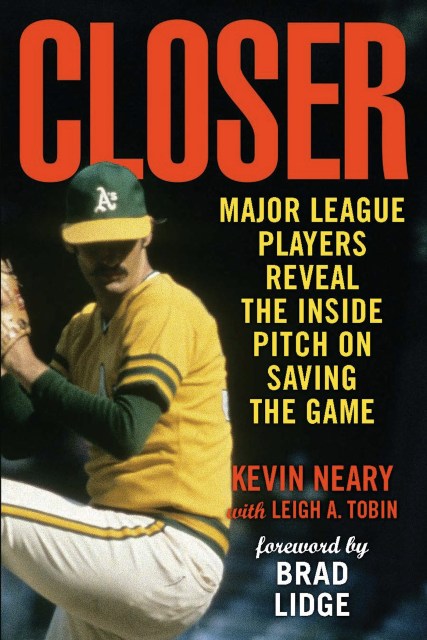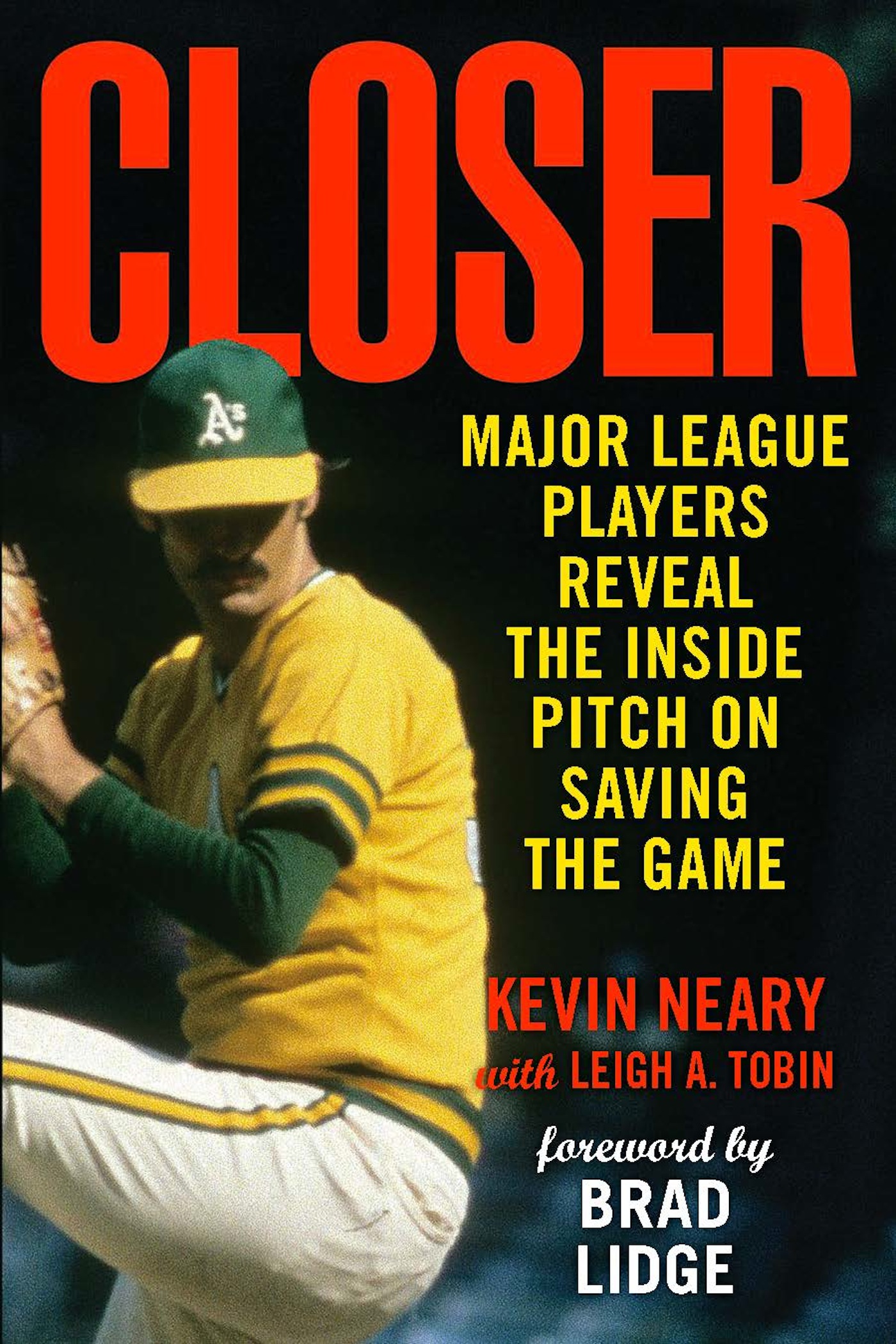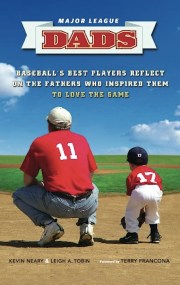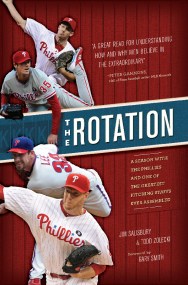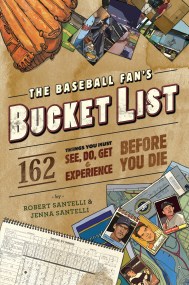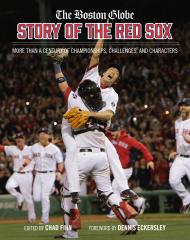Promotion
Use code MOM24 for 20% off site wide + free shipping over $45
Closer
Major League Players Reveal the Inside Pitch on Saving the Game
Contributors
By Kevin Neary
By Leigh A. Tobin
Foreword by Brad Lidge
Formats and Prices
Price
$9.99Price
$12.99 CADFormat
Format:
- ebook $9.99 $12.99 CAD
- Trade Paperback $21.99 $28.99 CAD
This item is a preorder. Your payment method will be charged immediately, and the product is expected to ship on or around March 5, 2013. This date is subject to change due to shipping delays beyond our control.
Also available from:
Genre:
- On Sale
- Mar 5, 2013
- Page Count
- 288 pages
- Publisher
- Running Press
- ISBN-13
- 9780762447169
Newsletter Signup
By clicking ‘Sign Up,’ I acknowledge that I have read and agree to Hachette Book Group’s Privacy Policy and Terms of Use
